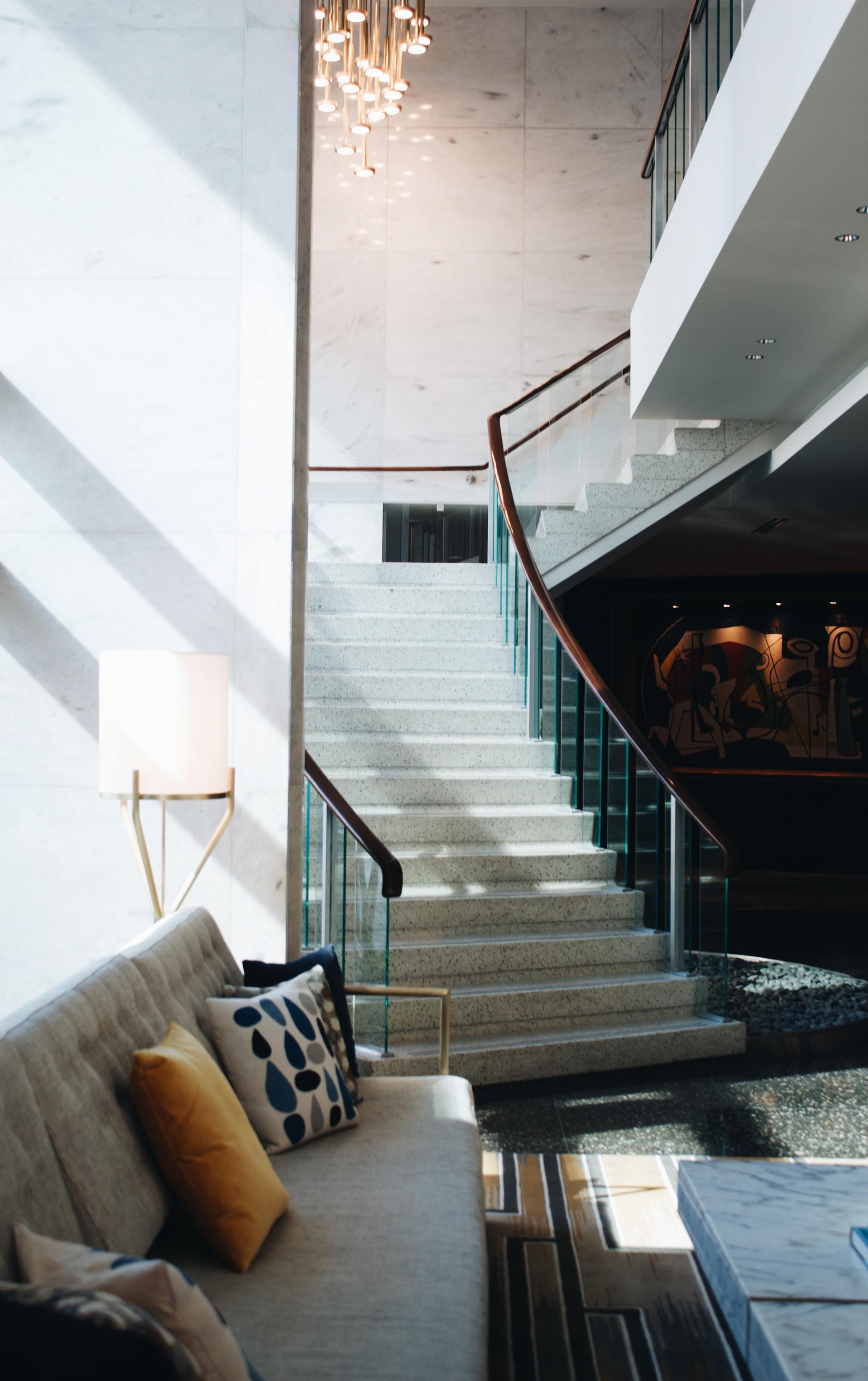Jefferson Park
JEFFERSON PARK
JEFFERSON PARK
City of Los Angeles
City of Los Angeles
Jefferson Park is a neighborhood in the South region of the City of Los Angeles, California.
History
With development commencing around the turn of the 20th century, Jefferson Park began as one of the city's wealthiest neighborhoods. On the hills rising west of Western Avenue, wealthy white Angelenos built luxury Edwardian, Craftsman, and Art Deco mansions, with churches and commercial buildings of commensurate expense.[citation needed] In 1903 there were trolley cars running down Jefferson and Adams Boulevard.[6] Some wealthy blacks moved into the area as well, leading the neighborhood to be dubbed "Sugar Hill" by many African-Americans of the day. To the south, in the flatter areas along Jefferson Boulevard, a low-rise commercial corridor developed, with small single-story homes and low-rise apartment buildings in the blocks behind. After the 1948 Supreme Court ruling that banned segregationist covenants on property, most of Jefferson Park's white population decamped to other parts of the region, in turn being replaced by upper-middle and upper-class blacks whose descendants still reside in many of the district's spectacular homes.
The Jefferson Park and Jefferson Boulevard area saw an influx of Creole peoples to the Los Angeles area in the post-World War II period.[7][8] The resulting area was dubbed "Little New Orleans" and saw a large population of Creole people and Creole owned businesses such as the Big Loaf Bakery and Harold and Belle’s, an upscale creole restaurant. The area and its Creole influence has been mentioned in the 2007 book One Drop: My Father's Hidden Life--A Story of Race and Family Secrets by Bliss Broyard.
The area is undergoing gentrification as young professionals are purchasing the craftsman homes that surround the area, and new shops and restaurants are opening up.
DISCOVER JEFFERSON PARK
LOCAL CITIES & DISTRICTS
LOCAL CITIES & DISTRICTS

Book a Consultation
Have a question? We’re here to help. Contact us below to schedule a confidential consultation.
Thank you for contacting us.
We will get back to you as soon as possible
We will get back to you as soon as possible
Oops, there was an error sending your message.
Please try again later
Please try again later
© 2024
Odest Riley, Jr. | All Rights Reserved. Accessibility Statement | DMCA Notice |Privacy Policy|













